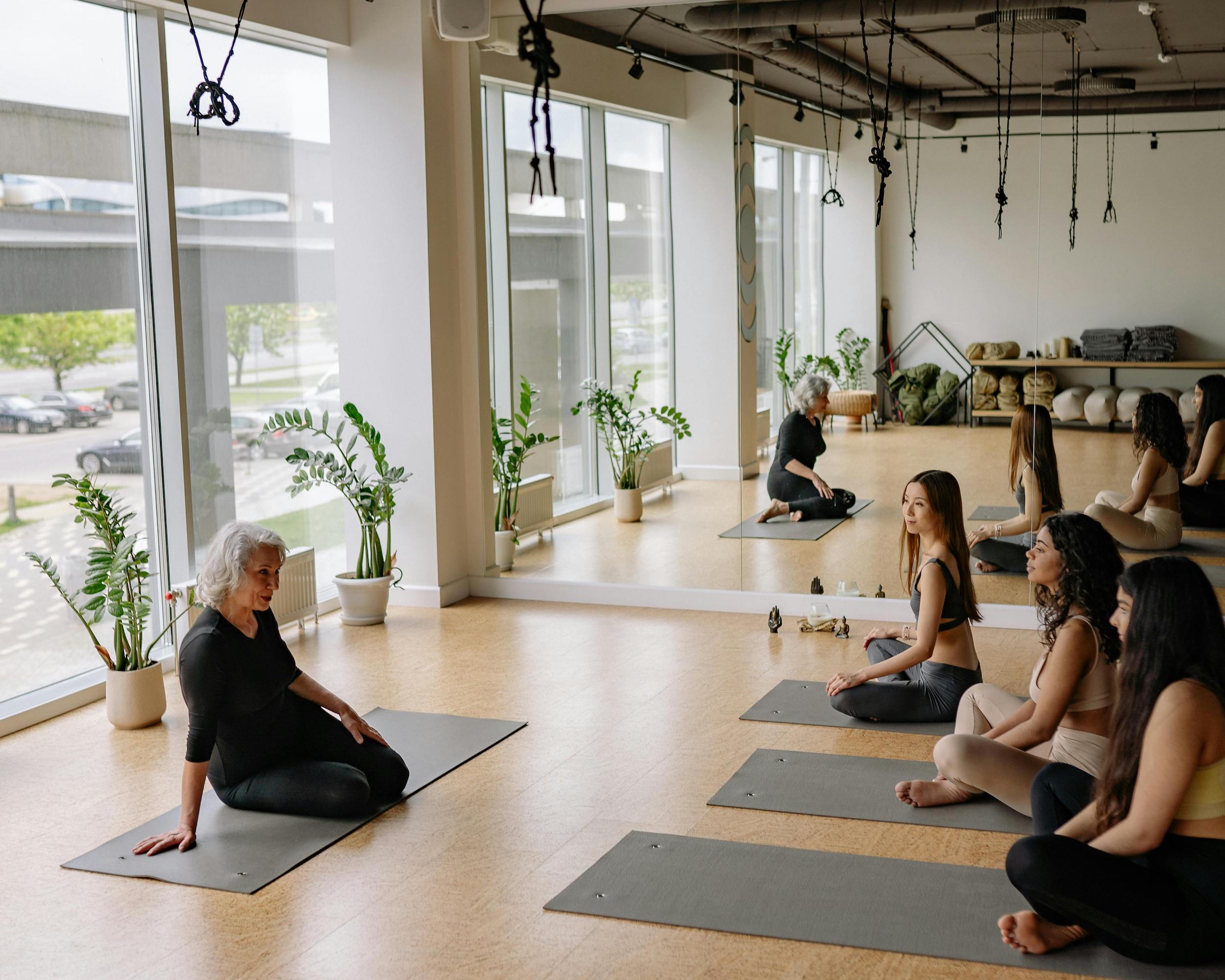The Art of Sequencing: How to Design Engaging and Balanced Yoga Flows

The Importance of Sequencing in Yoga
The art of sequencing involves placing yoga positions in a certain order to produce a fluid, harmonious flow. Yoga poses done in the right order can increase flexibility, strength, balance, and mental clarity, among other advantages. According to research, a well-planned sequence can maximize the health advantages of yoga, such as lowered stress levels, happier moods, and greater overall wellbeing.
According to a research in the Journal of Integrative Medicine and Therapy, yoga sequences can be created to target particular body parts, enhance particular physiological processes, and treat particular medical conditions. As a result, sequencing is an essential skill for designing yoga routines that satisfy personal preferences and demands.
Essential Elements for Creating Yoga Flows
Set an intention: While designing a yoga sequence, having a clear goal is essential. This could involve making a concerted effort to focus on a particular body part, a therapeutic goal, or an emotional or mental concentration. Intention-setting can help direct the choice of poses and the practice's general flow.
Warm-up and cool-down: Any yoga routine must include a warm-up and cool-down period. An effective warm-up gradually increases heart rate, relaxes muscles, and enhances blood flow to get the body ready for increasingly difficult positions. The body can gradually return to its normal state during a cool-down phase, which also promotes relaxation.
Balance and counterbalance: A well-rounded yoga practice should incorporate a variety of poses that target different muscle groups and engage the body in various ways. For instance, it's crucial to include backbends as a counterbalance if the sequence has a lot of forward bends. By doing this, the risk of injury is reduced and the body's systems are not overworked in any one area.
Movement and stillness: A well-planned yoga sequence should include both dynamic movements and static positions. Static postures help to enhance flexibility and balance, while dynamic exercises aid to build strength and endurance. Posing in both directions can provide variety and interest to an exercise.
Progression and regression: Yoga sequences ought to be created with a variety of levels of difficulty in mind. As practitioners develop comfort and experience, they can progress to increasingly challenging poses.
Mindful transitions: A yoga practice's ability to flow depends on smooth changes between poses. If the flow of the sequence is improved, it keeps the interest of the audience. Transitions that are well-planned also help to raise consciousness.
Breath and movement connection: The connection between movement and consciousness is supported by the breath in yoga, which is a key component. Deepening a practice and fostering a sense of mindfulness can be achieved by creating a sequence that enables practitioners to coordinate their breath with their movements.
Creating Your Yoga Sequence
Before putting together a yoga sequence, decide on the main topic or goal of the practice. Your decision of positions as well as the activity's general flow will be impacted by this. After your objective is clear, use the suggestions below to create an engaging and well-balanced sequence:
Encourage self-awareness and self-care: Encourage participants to practice according to their own needs and pay special attention to their bodies. When highlighting the value of self-care and self-awareness, encourage them to adjust their behavior in accordance with their given level of wellbeing. Also, you can give them the choice of employing props to enhance their practice and guarantee appropriate alignment and comfort, such as blocks, straps, blankets, or other items.
Begin with a centering practice: Start your sequence with a few minutes of centering to enable practitioners to connect with their breath and become present in their bodies. This can be accomplished through simple breath awareness, brief periods of meditation, or gentle motions like neck rolls or shoulder shrugs.
Incorporate warm-up poses: Move the body through a series of soft, energetic movements to gradually warm it up. Sun Salutations, Cat-Cow, and downward-facing dog are a few examples of warm-up poses. These positions aid in boosting blood flow, easing tight muscles, and getting the body ready for more difficult positions.
Build intensity: Go on to positions that are more challenging and in line with your intention after the warm-up. For instance, you might use poses like Warrior II, Triangle, and Pigeon if your goal is to concentrate on hip opening. Consider giving adaptations or alternate postures for people with varying ability levels while keeping in mind balancing and counterbalancing stances.
Peak pose or sequence: Create the sequence with a peak pose or set of peaks in mind. These are the hardest or most demanding poses in the practice, therefore you should carefully select them based on your goals and the requirements of your students.
Wind down: Gradually change to more meditative and restorative poses after the peak stance or poses. They can include supported backbends, forward bends, and gentle twists. The body can let go of tension and start to relax during this stage of the routine.
Cool-down and final relaxation: A cool-down session that may involve gentle stretches, poses that promote healing, or breathwork should follow your sequence. Help practitioners enter Savasana (Corpse Pose) for a final moment of relaxation so they can completely appreciate the results of their practice.
Incorporate elements of Pranayama and energy work: Yoga's central practice of pranayama, or breath control, can improve the overall experience and foster a closer bond between the body and mind. At key moments in the sequence, think about including specific breathing techniques like Ujjayi, Kapalabhati, or Nadi Shodhana. To expand your practice and make it more holistic, you can also incorporate energy exercises, such as concentrating on particular chakras or employing mudras (hand motions).
Sources:
The importance of sequence in yoga https://www.thehindu.com/life-and-style/fitness/the-importance-of-sequence-in-yoga/article24399057.ece
Effects of yoga on mental and physical health https://www.sciencedirect.com/science/article/abs/pii/S0965229916302278
The Effect of Yoga Sequence Designed Based on Comprehensive Health Model Toward Physical Fitness and Sleep Quality https://ejournal.fkm.unsri.ac.id/index.php/jikm/article/view/944
Sequencing https://www.yogapedia.com/definition/9749/sequencing
Yoga warm-up and cool-down for injury prevention https://www.sciencedirect.com/science/article/abs/pii/S1360859212002288